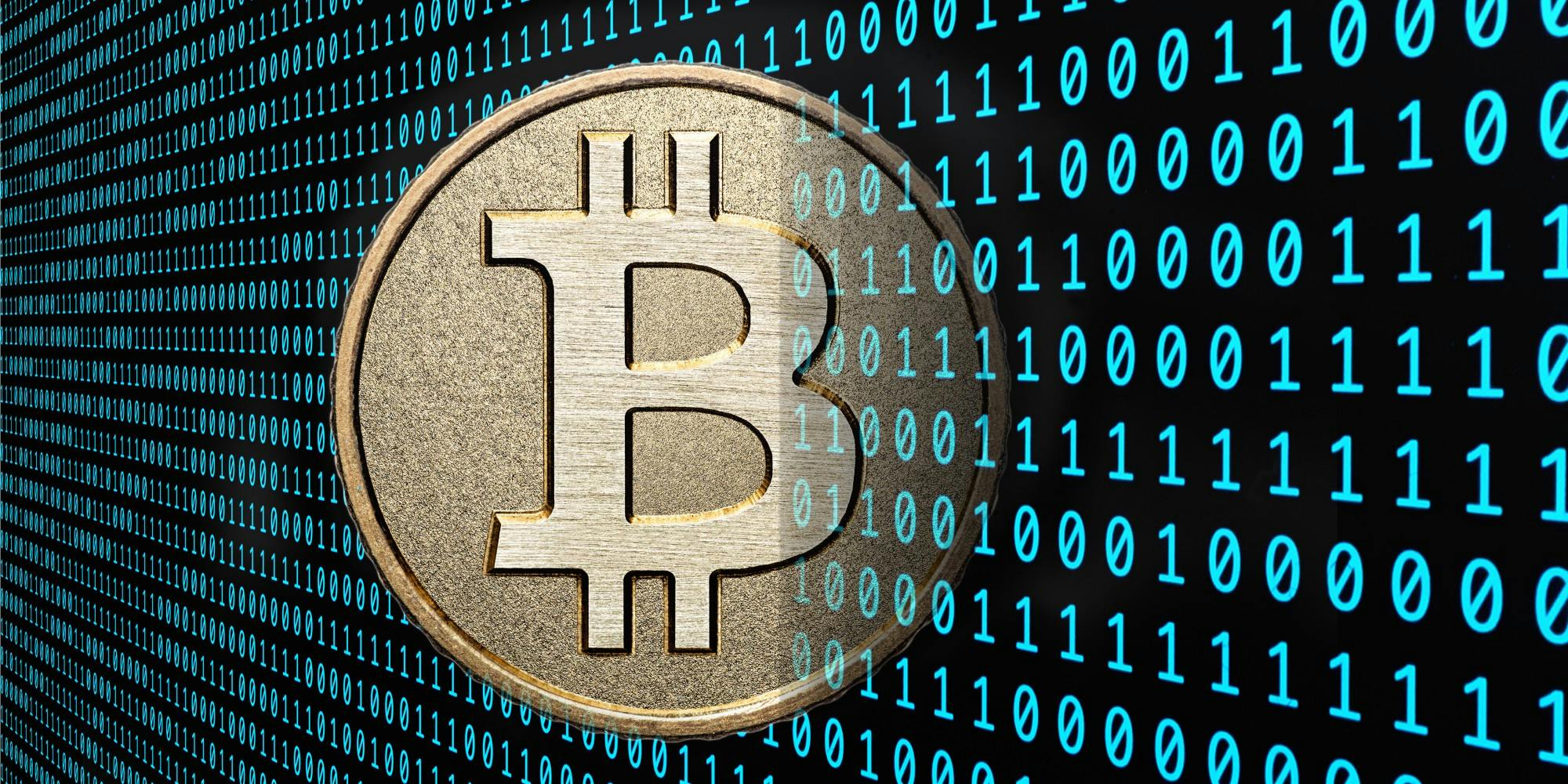
“If you are not paying, you are the product”. You may have heard this statement before. This quote symbolises the underlying truth under our economy: there needs to be a monetisation system to reward and sustain the work behind the product and services that we use.
While the internet has brought many diverse business models and monetisation strategies; the big picture is still that either you (or someone else) pay for a product/service or you are the product being sold. The most illustrative example of the latter is advertising.
Advertising is great in many ways, but what if there was another way of financing free apps? What if this way was less intrusive and where you were no longer the product?
This week I got to read about the extension SafeBrowse. Apparently, they hid some code on their extension which used users’ computers to mine cryptocurrency. This was done without user consent, and therefore this behaviour is deplorable.
However, it got me thinking: what if this was done with user consent?
Cryptocurrency Mining (like Bitcoin)
Cryptocurrency (like Bitcoin) mining consists on resolving a small computer problem. If you are the first to find a solution, you get paid a certain amount of the digital currency. The biggest challenge is that the range of alternative solutions is really large and you are competing against many others to be the first!
If you are interested on the details of how mining works, this video will help you understand the process better.
Mining is a task that can be broken down into smaller sub-tasks. We could distribute the effort across many computers where each of them would try to solve a sub-set of the problem. For example, if the challenge was testing the numbers from 1 to 100 in an equation and we had 10 computers; we could ask each computer to test 10 numbers (1–10, 11–20…) until one of them found the answer. This would take the time of 10 steps, rather than 100 steps because the computers would run in parallel. Indeed, this is the basic principle of cryptocurrency itself.
Mining as a Monetisation System
Until here we have learnt two key ideas about mining:
-
Mining produces a payment to the solution finder.
-
Mining is designed to perform better when done across many computers.
This could be used as the basis of a new business models for free apps: borrowing your computer power.
A company or developer could create an app and make it free for you. In exchange for using it, you will not be served ads nor your data will be sold. Instead, they will request your computer to solve problems for them.
Having thousands, or millions of users, the app could share the big problem with all of their users and find a solution much faster than with one centralised computer. This would increase their likelihood of finding and solution and, therefore, getting paid. With enough users, this could evolve into a solid source of income.
This usage of users computers is not a new concept. DDoS attacks often uses infected computers and leverages their power to take down a full server. What is new, however, is that for once, this would be done with user consent and a good intent.
Note that while we are focusing on cryptocurrency mining, this could be used for any other computational tasks as long as the company is getting value from it. In addition, when we talk of app, it can be any web app, extension, mobile app or equivalent.
Benefits and Disadvantages of this Business Model
This model has a clear benefit for the user. You can use your favourite apps for free; while making sure you are rewarding their work and ensuring its continuity.
In addition, the user experience is completely unobtrusive: no ads or cuts. The mining process happens on the background, and, as long as kept within reasonable usage, you will never even notice because often times you are not using the full power of your computer.
On the app developer side, the less obtrusive experience will lead to more engaged users; while the model still allows for a monetisation for their apps and work.
The main drawback, however, is that the payment is not granted. While in advertising, the developer may be paid for each impression; nothing grants that a solution will be found. Hence, it could potentially lead to unstable or lesser income.
However, this also holds true for CPC (cost-per-click) advertising where you only get paid if users click the ads. Hence, the same way we talk today about CTR (click-through-rate), we could be talking tomorrow about STR (solve-through-rate) as a way to measure the effectivity of our impressions towards income.
Finally, this model also brings benefits for the cryptocurrency ecosystem. The ecosystem gets more stable; as a result of the increasing connected computers contributing to it. This will also increase the popularity and adoption.
As a disadvantage, if an app gets really large, it could dominate the ecosystem. However, this is very unlikely to happen and the process is similar to mining pools which are already a way to share revenue across many computers.
Conclusion
A new monetisation strategy for free apps could emerge by performing computational tasks (e.g. cryptocurrency or bitcoin mining).
While “there ain’t no such thing as a free lunch”, a meal taste better when our computer is paying for it; rather than ourselves.
This could be the rise of computer power as a payment system.
